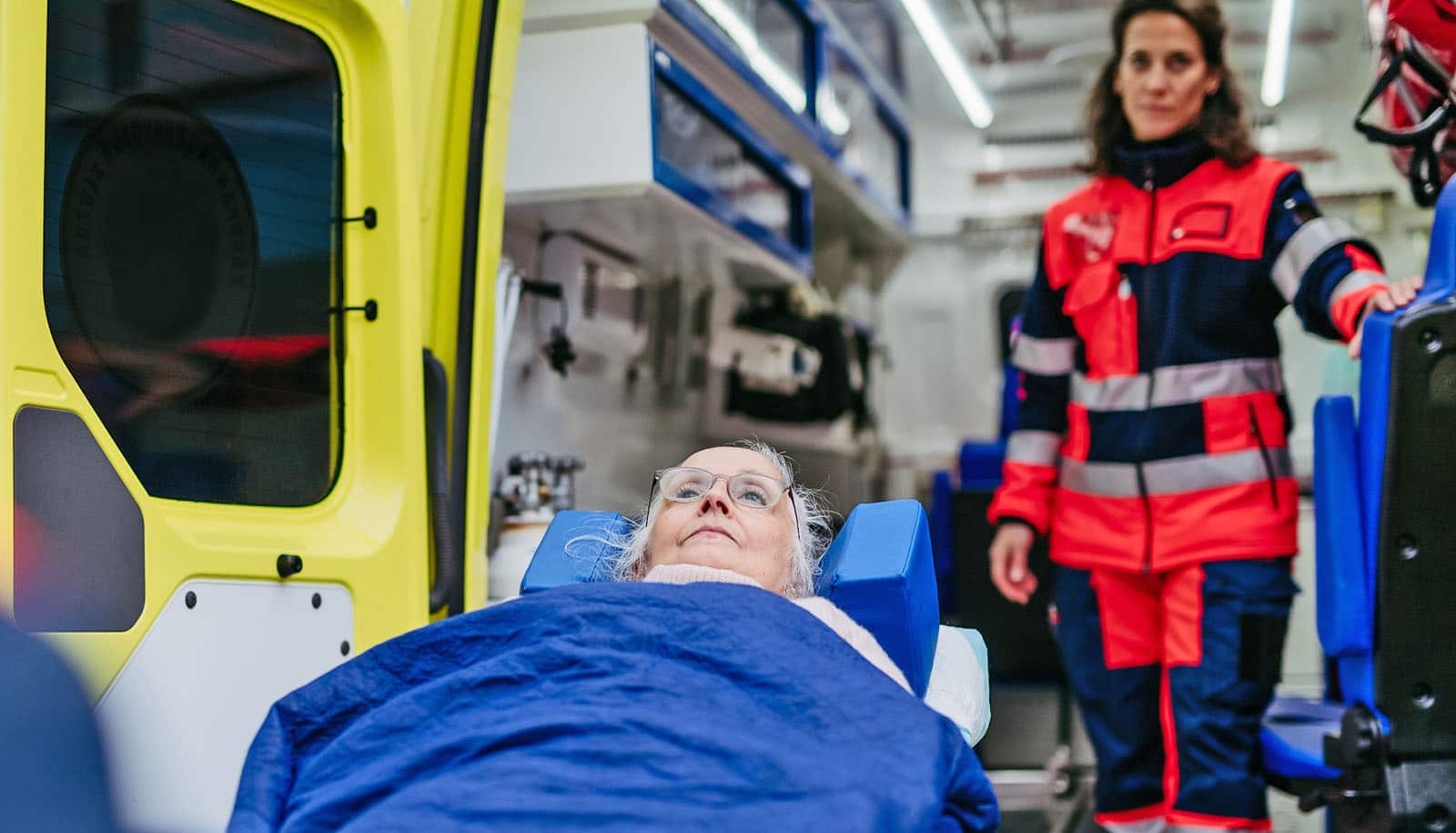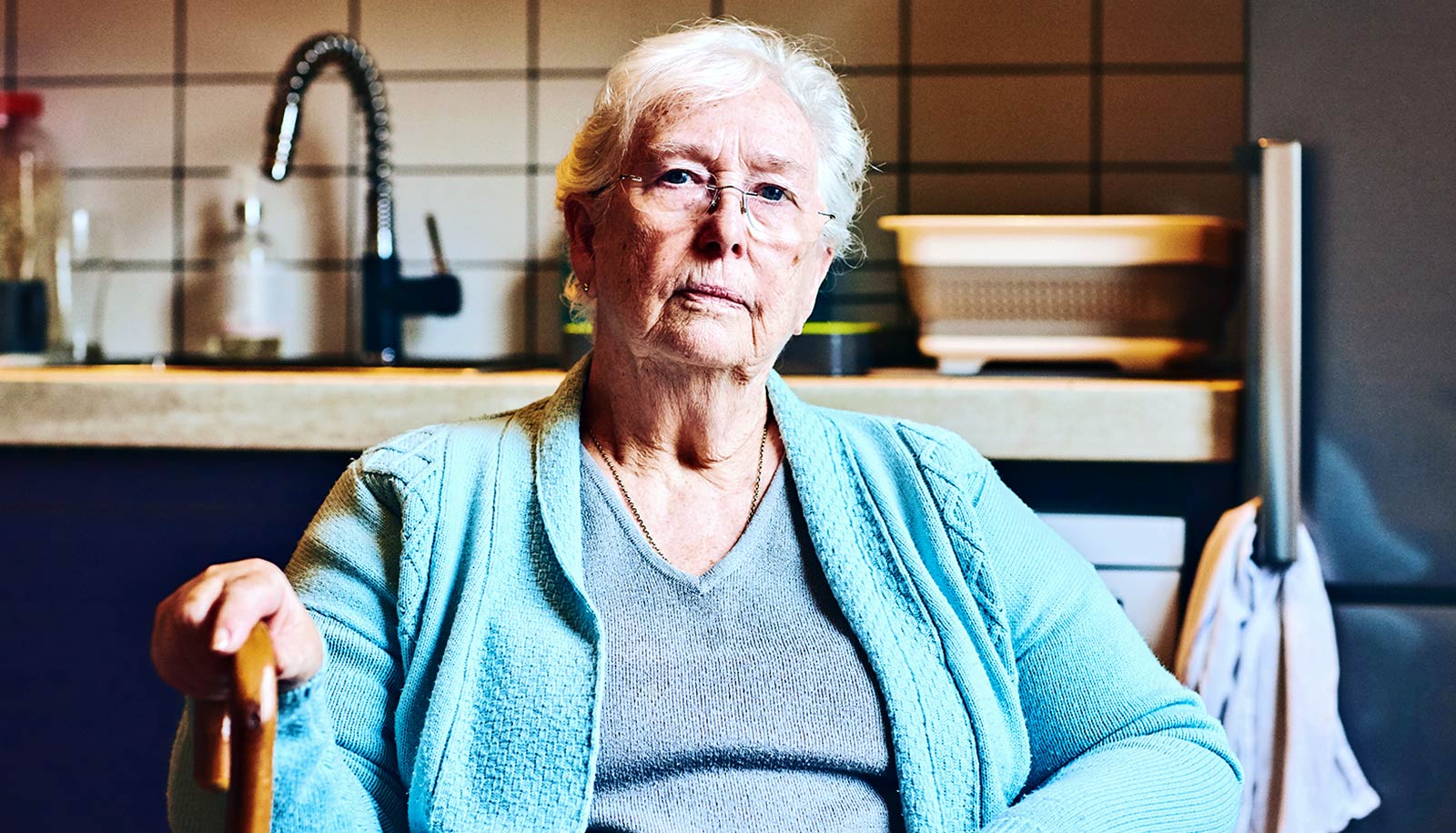People with Alzheimer’s disease and other forms of dementia end up in hospital emergency rooms 1.4 million times a year, a new study shows.
Together, they make up nearly 7% of all emergency visits for any reason by people over age 65. And compared with their peers who don’t have dementia, these patients have twice the rate of seeking emergency care after an accident or a behavioral or mental health crisis, the researchers show.
With about 6 million Americans currently estimated to have dementia, the study suggests there’s a lot of opportunity to prevent future emergency visits by better supporting dementia caregivers, the researchers say.
Once a person with dementia is in the emergency department, it can be a very disorienting experience.
The findings, published in JAMA Neurology, could help inform efforts to support family caregivers and nursing facility staff in reducing patients’ risks of injury, and preventing the agitation, aggression, and distressing behaviors that people with dementia can experience, says lead author Lauren B. Gerlach, a geriatric psychiatrist at Michigan Medicine, the University of Michigan’s academic medical center.
Dementia in the emergency room
“While dementia is thought of as a cognitive or memory disorder, it is the behavioral aspects of the disease such as anxiety, agitation, and sleep disturbances that can cause the most stress for caregivers and patients alike. Emergency departments are often not the right place to manage these behaviors,” she says. “We really need to do better to support caregivers so there are options other than seeking emergency care.”
Once a person with dementia is in the emergency department, it can be a very disorienting experience, Gerlach says. “This is especially true in the context of a busy ED where visits can last many hours and patients may have difficulty understanding what is occurring or communicating their needs,” she says. “Even routine blood draws from unfamiliar staff can be a very scary experience for a patient with advanced dementia.”
To make matters worse, behavioral symptoms common in this group can lead to treatment with potentially dangerous sedative medications.
Emergency department patients with dementia received antipsychotic medications at more than twice the rate as other emergency patients over age 65 during their visit, the study shows. Such drugs, often used to sedate people with dementia and calm their behavioral symptoms, can carry major risks if used long-term—including increasing the risk of fall accidents and death as highlighted in warnings from the US Food and Drug Administration.
Long after the emergency has ended, the concern is that these newly started antipsychotic and sedative medications in could then continue to be prescribed long-term, putting patients with dementia at further risk, says Gerlach.
Extra tests
The study also adds evidence that older adults with dementia may be treated differently in the emergency department. People with dementia were much more likely than those without to receive a urine test or a CT scan of their head.
“Difficulty in the ability of patients with dementia to communicate their symptoms verbally can make it challenging to distinguish what is causing their symptoms,” Gerlach says. “Is it related to a change in their environment, difficulty between the patient and their caregiver, or an underlying medical issue?”
For instance, urinary tract infections can cause pain that can lead to agitation or aggression in a person with dementia, who may not be able to express what they’re feeling. However, these challenges can sometimes lead to indiscriminate laboratory testing and imaging, Gerlach adds.
Caregiver stress, caregiver education
The data for the study came from the National Hospital Ambulatory Medical Care Survey conducted by the Centers for Disease Control and Prevention, and include information on people over 65 no matter what form of health care coverage they had.
There has not been much research on emergency care for people with dementia, despite the fact that clinicians and caregivers who care for such patients know from experience that emergencies can be common, say Gerlach and Matthew A. Davis, an associate professor in the School of Nursing and Michigan Medicine’s learning health sciences department.
Caregiver stress and burnout from a lack of respite or support may play a role in the need for seeking emergency care in people with dementia, says Gerlach, an assistant professor in the University of Michigan psychiatry department.
She sees promise in a new proposed Medicare rule that would allow health care teams to get reimbursed for sessions that educate family caregivers—including on how to prevent or soothe behavioral symptoms among their loved ones.
One approach to this, called DICE, is now available online to dementia caregivers anywhere. Gerlach also recommends the caregiver support programs and information offered by the Alzheimer’s Association, and videos from UCLA Health, available in multiple languages, to her patients’ caregivers to help manage these behaviors.
Those who live with people who have dementia should also consider safety upgrades in the home to reduce fall risks and the chance of other injuries. “It’s important to match the home environment to their needs and ability, which could reduce the risk of emergency care being needed,” Gerlach says.
The rise of geriatric-focused emergency departments or areas within larger emergency departments may also help, Gerlach notes, but they are not available in all areas.
It’s also important for families to be realistic about when it’s time to seek emergency services for their loved one with dementia.
If physical aggression or falling risk gets to be too much for a family caregiver to handle, the safety of the patient and the caregiver must outweigh the desire to keep them at home, Gerlach says. “But before that, there is a lot we can do in the outpatient setting to help prevent crisis and the need for emergency care,” she says.
The National institute on Aging, part of the National Institutes of Health, funded the work.
Source: University of Michigan



